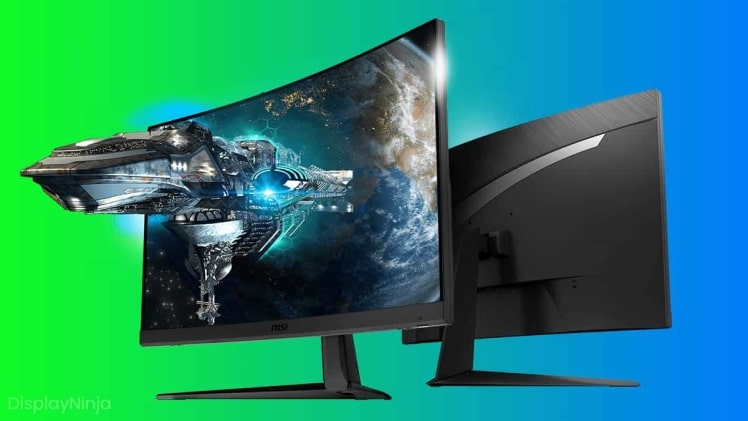If you are looking to buy a gaming monitor, you might be spending a lot of time looking at various numbers, forums and online resources to try to find out which one you should get. As a gamer, you might be more tech-savvy than the average computer user, but that does not make things easier for you because you still have to go through this process as anyone else would. To help you out, we are going to look at the most important things you should be looking at when shopping for a gaming monitor.
Screen Size and Resolution
Screen size and resolution go hand in hand because one affects the other. For most games, the ideal screen size will be between 24 and 32 inches. Bigger is usually better, but not when the resolution is low. Because you will be sitting a few inches from the monitor, you are likely to notice pixels if you have a large monitor with a lower resolution.
Screen size will impact the resolution. For example, a 24-inch screen will look great even if it has a resolution of 2560 x 1440(1440P). A 32-inch monitor will look best if it has a 4K resolution. In general, the bigger the screen, the higher the resolution should be, so you do not notice the pixels.
Do note that there are other screen sizes and resolutions, but we are trying to keep it simple. We would recommend a 27-inch 1440P monitor. It gives you a sharper image without straining your graphics card too much. The real estate difference you get with this option compared to a 24-inch monitor will be noticeable.
Refresh Rate
These two are perhaps the most important specs for gaming monitors. The refresh rate is the number of times the screen refreshes or a new image is “painted” on the screen every second. It is measured in hertz (HZ) and a higher resolution is always better. For gaming, the minimum is 60 HZ. fast-paced gaming. However, elite gamers use monitors with much higher resolutions. For example, Lenovo 240HZ gaming monitors give you a very high refresh rate and are ideal.
These high refresh rates are crucial in games where you need lots of precision. They help ensure that what you are seeing is what is happening in the game. You do not want to take actions based on where a player was a few milliseconds ago, but where they actually are right now.
Response Time
The response time is how long it takes a pixel to change from total black to total white and then back to total black or vice versa. It is measured in millimetres and lower is better. A low response time of less than 5 milliseconds is ideal because it helps avoid the ghosting and motion blur that happens if the monitor is not able to keep up with what is happening in the game
Conclusion
While there is a lot to think about when it comes to buying gaming monitors, knowing what to look for can make the process much easier. Once you understand the concepts above you can find a great monitor that has additional features like RGB lights and great onscreen display controls.



